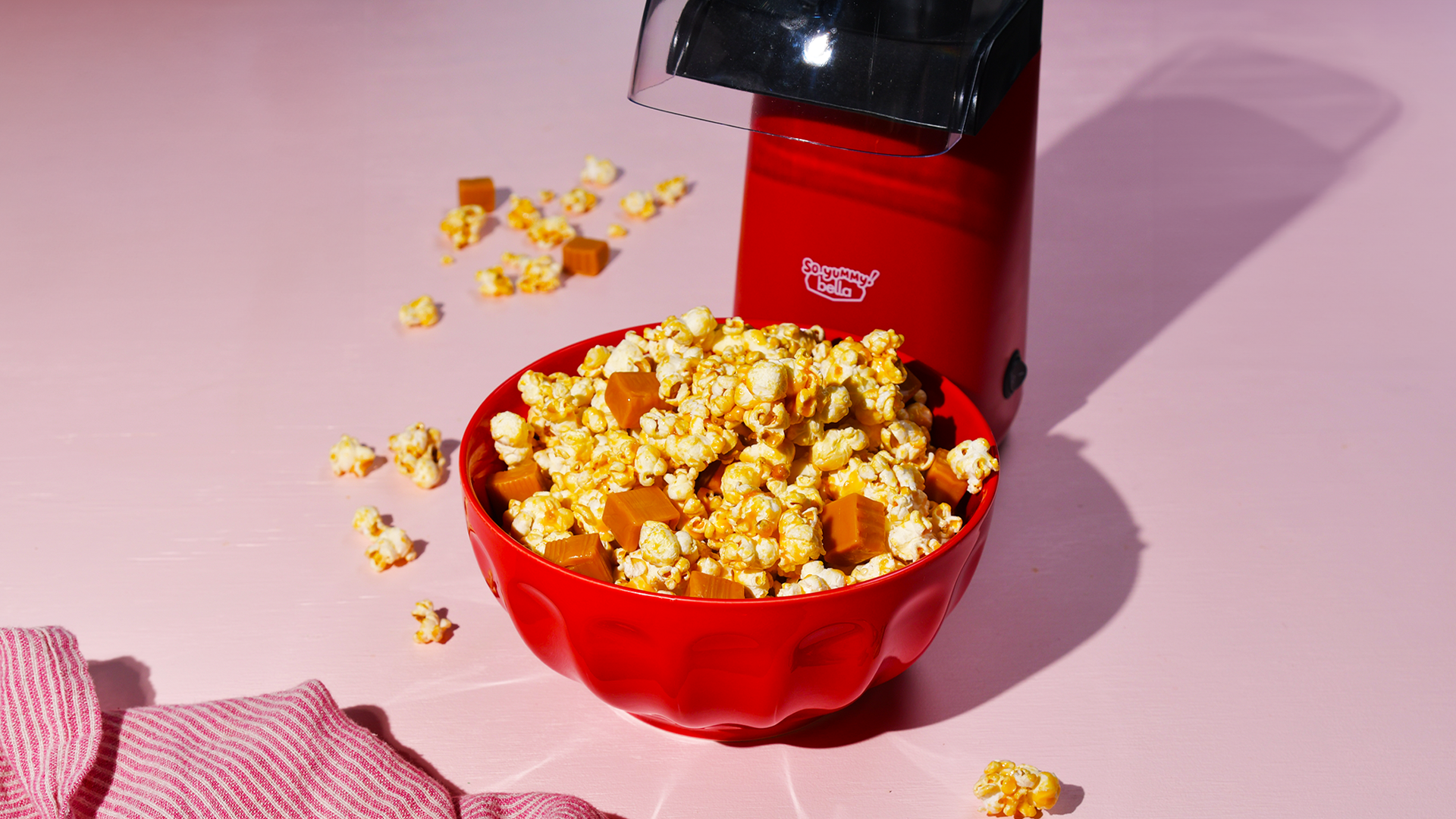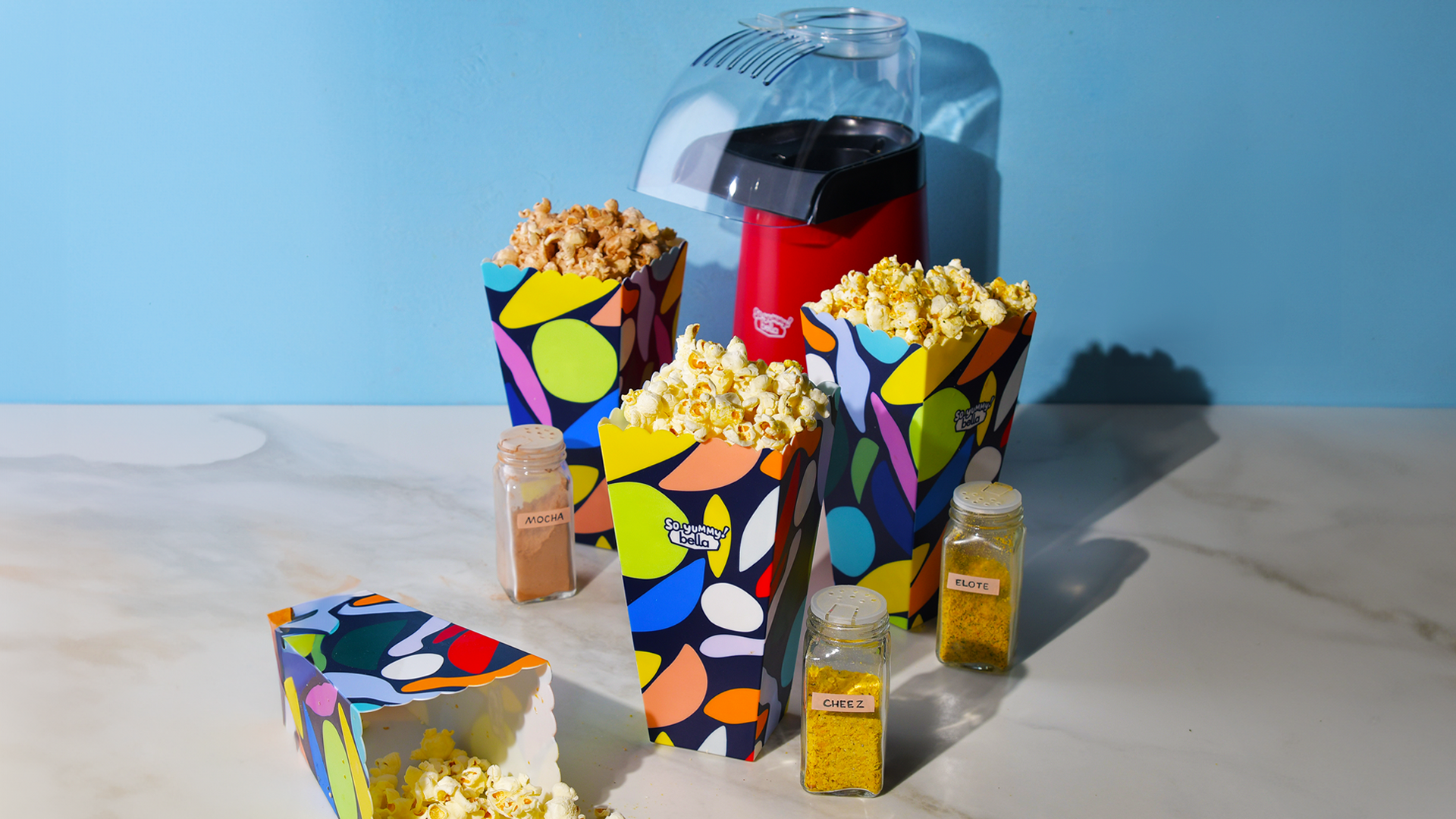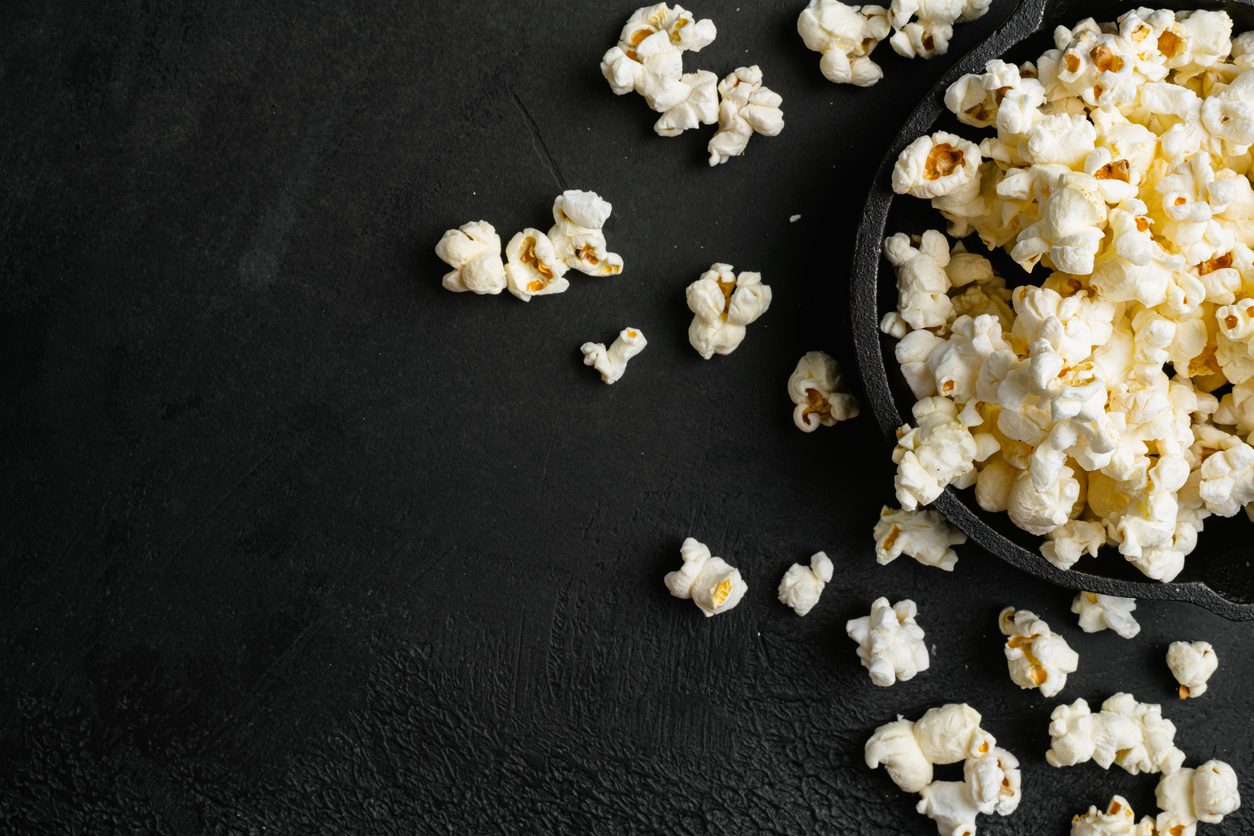Popcorn isn’t just a movie night staple—it’s a fun, fascinating snack with a lot of history and science behind it! In this article, we’re diving deep into the world of popcorn and popcorn makers, sharing some surprising facts that will make you love it even more.
The History of Popcorn
Popcorn has a rich history that dates back thousands of years. Archaeological evidence suggests that popcorn was first domesticated in Mexico over 9,000 years ago!
Native American tribes such as the Iroquois and the Aztecs used popcorn in various ceremonies and cooking methods.
It wasn’t until the 19th century that popcorn became a popular snack in the United States, thanks to the invention of the popcorn machine by Charles Cretors in the 1880s.
The Science Behind Popcorn Popping

The science of popcorn popping lies in its kernel structure. Each kernel has a hard outer shell called the pericarp, which is impermeable to moisture. Inside, there’s a starchy endosperm containing water.
When heated, the water turns to steam, causing the pressure to build up until the kernel explodes. This rapid expansion and cooling result in the fluffy popcorn we enjoy. The ideal popping temperature is around 180°C (356°F).
Popcorn Consumption Statistics
Popcorn is one of the most popular snacks in the United States. Americans consume about 15 billion quarts of popcorn annually, which averages out to around 45 quarts per person.
The majority of popcorn is consumed at home, followed by movie theaters. Popcorn sales peak during the fall and winter months, particularly around the holidays when families gather for movie nights and celebrations.
Nutritional Value
Popcorn is a whole grain, making it a healthy snack option. It is high in dietary fiber and contains essential nutrients like vitamins B1, B3, and B6, as well as magnesium, phosphorus, and manganese.
A single serving of air-popped popcorn contains about 30 calories, making it a low-calorie snack. Popcorn is also naturally gluten-free and suitable for various dietary preferences.
Types of Popcorn

Hulless Popcorn
Hulless popcorn kernels are smaller and more tender than traditional varieties, making them easier to chew and digest. While no popcorn is truly hulless, these types have thinner, softer hulls that break apart more easily during the popping process.
This results in fewer hulls sticking to your teeth and a more enjoyable eating experience. Hulless popcorn is perfect for those who prefer a delicate texture.
Butterfly vs. Mushroom Popcorn
Butterfly popcorn has irregular shapes with many ‘wings,’ providing a light and crispy texture. It’s commonly used in movie theaters and for at-home snacking.
Mushroom popcorn, on the other hand, pops into a more uniform, ball shape. Its denser texture makes it ideal for coatings like caramel or cheese, as it holds up better under weight. Both types offer unique textures and uses, catering to different preferences and recipes.
How Popcorn Makers Work
Have you ever wondered how exactly a popcorn maker works? Sure, you can make popcorn on the stove with a pan and tin foil, but using a popcorn maker can make the process even easier and more fun. Let’s take a look at how they work!
Hot Air Popcorn Makers
Hot-air popcorn makers use a heating element and a fan to circulate hot air around the kernels, causing them to pop. This method requires no oil, making it a healthier option for popcorn enthusiasts.
The hot air ensures even heating, resulting in a high percentage of popped kernels. These machines are easy to use and clean, making them a popular choice for health-conscious consumers.
Stovetop Popcorn Makers
Stovetop popcorn makers consist of a pot with a lid and a crank that stirs the kernels as they heat. This method allows for control over the oil and seasoning, resulting in flavorful popcorn.
The constant stirring ensures an even distribution of heat, reducing the risk of burning. Stovetop poppers can produce large batches of popcorn, making them ideal for family gatherings and movie nights.
Choosing the Right Popcorn Maker

Factors to Consider
When choosing a popcorn maker, consider factors such as the type of popcorn you prefer, ease of use, and cleanup. Hot air poppers are ideal for health-conscious individuals, while stovetop and microwave poppers offer more flavor options. Additionally, consider the size and capacity of the popcorn maker to ensure it meets your needs. Durability, brand reputation, and customer reviews can also guide your decision.
Popular Brands and Models
Some popular brands of popcorn makers include the Ecolution Micro-Pop, the Salbree Popcorn Maker, and the Goodful Silicone Popcorn Popper. The Ecolution Micro-Pop is praised for its borosilicate glass construction and oil-free popping. The Salbree Popcorn Maker is known for its collapsible design and quick preparation time. The Goodful Silicone Popcorn Popper offers a versatile and durable option with easy butter melting capabilities.
Wrapping Up: Popcorn Maker Facts
Popcorn remains a beloved snack around the world, thanks to its delicious taste and versatility. With advancements in popcorn maker technology, enjoying freshly popped popcorn at home has never been easier.
Whether you’re hosting a movie night or looking for a healthy snack, popcorn offers a satisfying solution. Embrace the fun and convenience of making your own popcorn and experiment with different flavors and recipes to find your perfect match.

